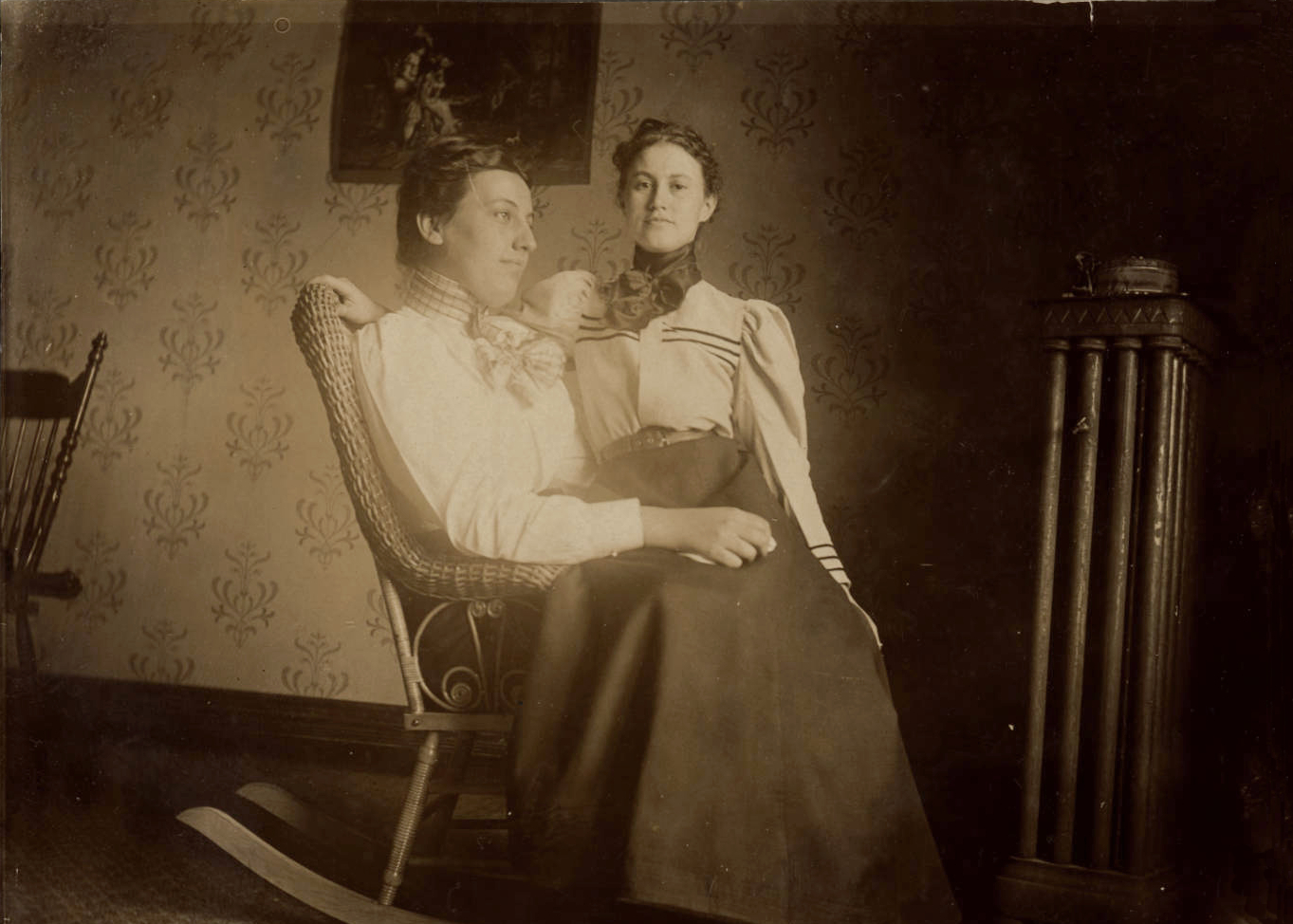The Evolution of Comfortable Chairs: From Springs to Ornate Designs
In the late eighteenth century, the concept of comfort in English evolved to include physical relaxation and reclining, leading to the popularity of French easy chairs known as "confortables." These chairs utilized springs hidden beneath inflated upholstery for added coziness. J.C. Loudon noted the innovative use of spiral springs in stuffing, which was later adopted by upholsterers for creating ornate shapes and cushioned bases previously unattainable. As furniture grew in size and grandeur towards the end of the century, it became a means of filling space rather than just functional pieces. This period marked a shift where chairs themselves embodied motion, moving beyond being classified as mere moveables.
Mukauta tiivistelmää
Kirjoita tekoälyn avulla
Luo viitteet
Käännä lähde
toiselle kielelle
Luo miellekartta
lähdeaineistosta
Siirry lähteeseen
publicdomainreview.org
Postures of Transport: Sex, God, and Rocking Chairs
Tärkeimmät oivallukset
by klo publicdomainreview.org 02-21-2024
https://publicdomainreview.org/essay/postures-of-transport/
Syvällisempiä Kysymyksiä
